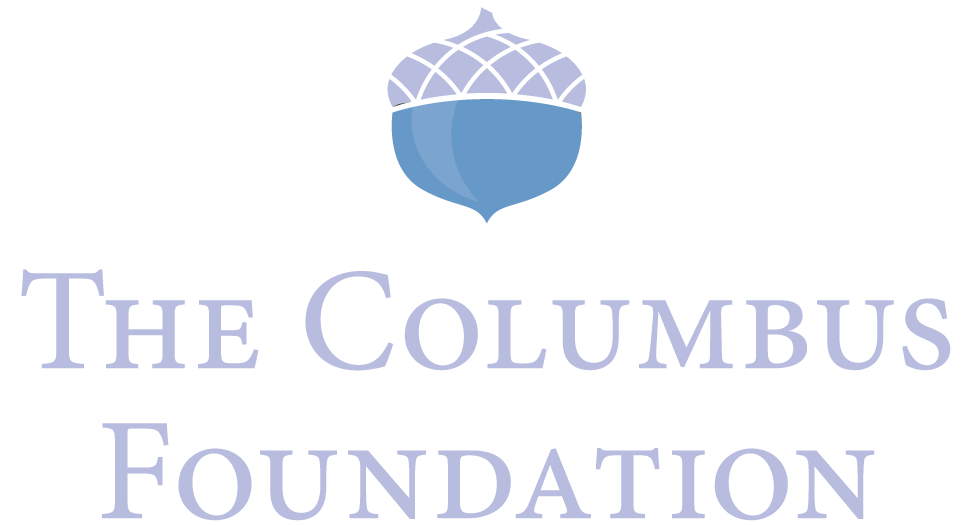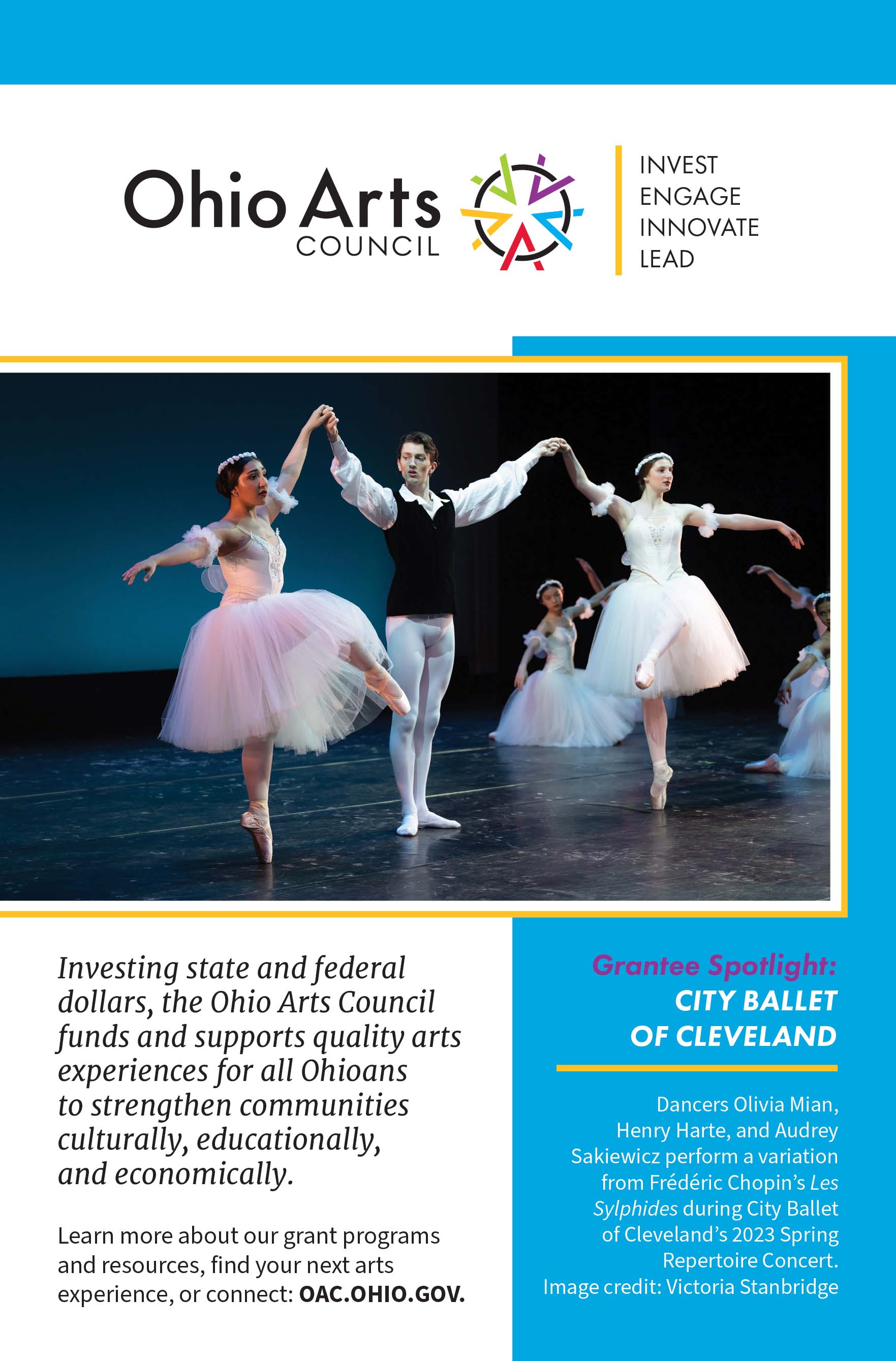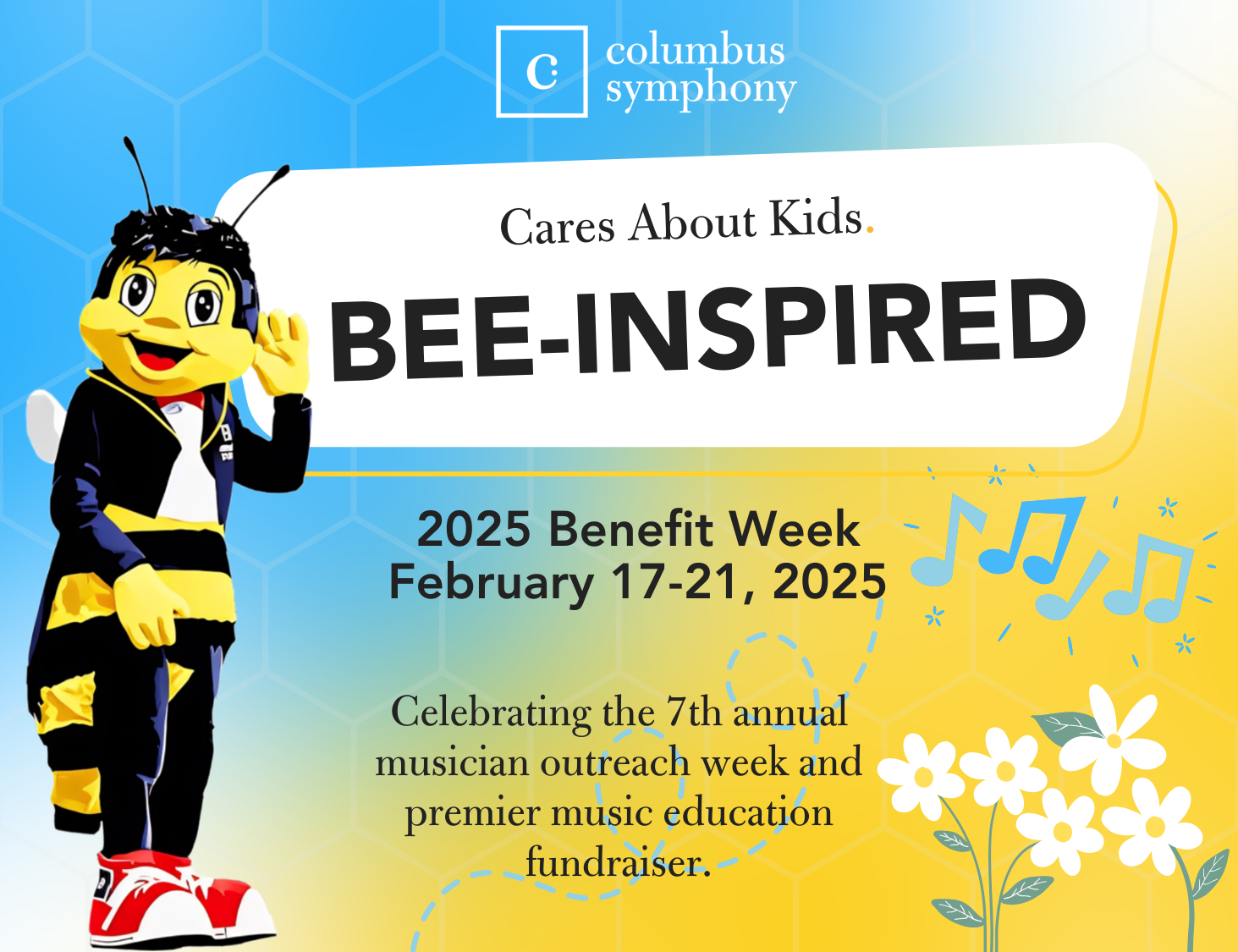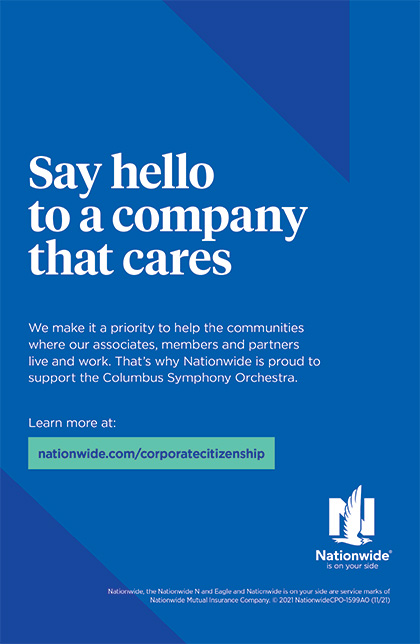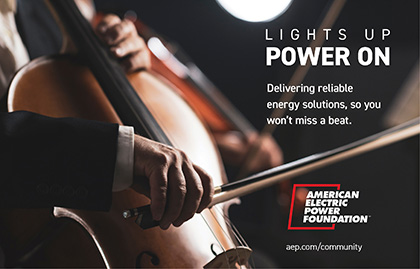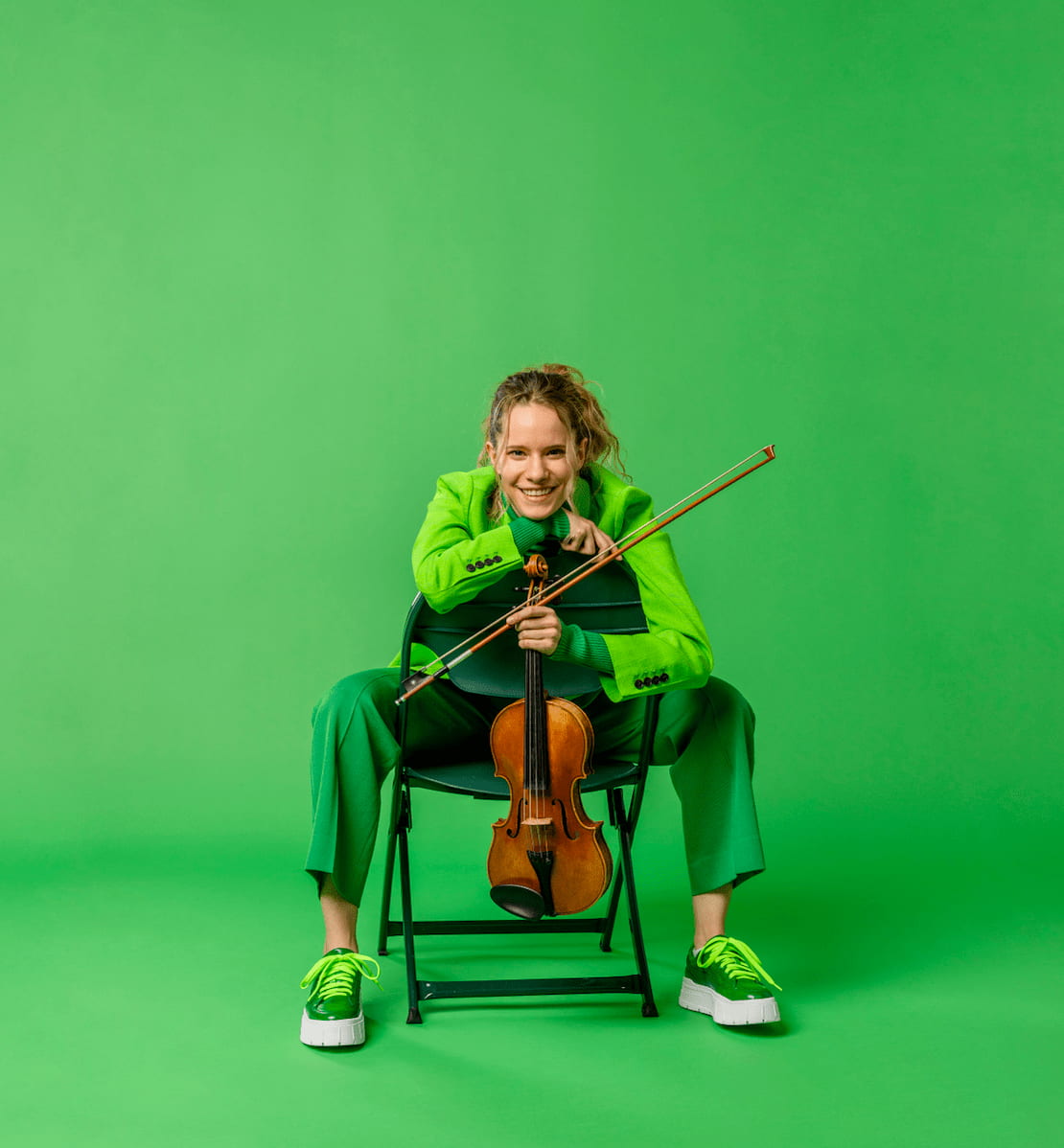

Friday, may 16, 2025 at 7:30PM
Saturday, May 17, 2025 at 7:30PM
Ohio Theatre
TCHaikovsky Spectacular
MASTERWORKS 11
Rossen Milanov, conductor
aubree oliverson, violin
• • • • • • • • • • • • • • • • • • • • • • • • • • • • • •
TCHAIKOVSKY | Prelude from The Queen of Spades | |
TCHAIKOVSKY | Violin Concerto Aubree Oliverson, violin | |
--INTERMISSION-- | ||
TCHAIKOVSKY | Symphony No 6. "Pathetique" | |
Operating Support Generously Provided by


VIOLIN BASS FLUTE | OBOE CLARINET BASSOON HORN TRUMPET |
Piotr Ilyich Tchaikovsky
(Kamsko-Votkinsk, Russia, 1840 – St. Petersburg, 1893)
One hundred and thirty-two years after his death, Tchaikovsky is with us more than ever. In his music, he gave expression to a whole range of human emotions, from brooding melancholy to intense passion, graceful serenity and occasionally even peaceful happiness. His reputation spread far beyond the borders of Russia even during his lifetime: he was lionized in Germany and England, and conducted at the opening of Carnegie Hall in New York. His music has never had to be “revived” or “rediscovered:” one cannot imagine the repertoire of any orchestra without the great symphonies and concertos of the Russian master.
Prelude to The Queen of Spades,
Op. 68 (1890)
Alexander Pushkin (1799-1837), the defining figure of 19th-century Russian literature, wrote his short story The Queen of Spades in 1833. Tchaikovsky’s opera, which premiered 57 years later at St. Petersburg’s Mariinsky Theater, was based on Pushkin’s story, but the composer’s brother Modest, who wrote the libretto, made many crucial changes in the original. In the short story, the protagonist Hermann is motivated only by greed, stopping at nothing to obtain the secret of the winning cards. He uses Lisa, the young girl in the story, merely as a means to attain this end, and goes insane after losing the final gamble. In the opera, on the other hand, Hermann and Lisa are passionately in love with one another, but Hermann’s obsession with the cards destroys their chances at happiness and ultimately costs them both their lives.
The short orchestral introduction to The Queen of Spades is in three sections, using motifs (labelled by commentators as the “fate theme,” the “card theme” and the “love theme,” respectively), that return at several places in the course of the opera.
Violin Concerto in D major,
Op. 35 (1878)
There is certainly no shortage of masterpieces that met with negative criticism at their premiere, yet few have fared worse than Tchaikovsky’s Violin Concerto. This may sound surprising, since this work—now one of the most popular of all concertos—has none of the revolutionary spirit of Stravinsky’s Rite of Spring, Wagner’s Ring cycle or Beethoven’s Eroica, to name just three works that generated heated controversies around the time of their premieres. The fact remains that the great violinist and teacher, Leopold Auer, for whom the concerto was written, rejected it (to his credit, he later changed his mind). And the Viennese critic Eduard Hanslick, a friend of Brahms and a fierce opponent of Wagner, uttered the immortal phrase after the 1881 premiere that the concerto “stank to the ear.” The composer never forgot Hanslick’s vicious words to the end of his days. It is not easy to account for these harsh reactions today, but one suspects that the critics objected to the very same features of the work that are so admired today, namely that, in an era dominated by German-speaking composers, Tchaikovsky managed to write a violin concerto that was entirely free from German influences. (It was also the first major violin concerto ever written by a Russian.)
The concerto was composed in the spring of 1878. In order to recover from the recent trauma of his ill-fated and short-lived marriage to Antonina Milyukova, Tchaikovsky retreated to the Swiss village of Clarens, on the shores of Lake Geneva, accompanied by his brother Modest, and a 22-year-old violinist named Iosif Kotek, who assisted him in matters of violin technique. The composition progressed so effortlessly that the whole concerto was written in only three weeks, with an extra week taken up by the orchestration. During this time, Tchaikovsky wrote not only the three movements that form the published version, but a fourth one as well: the original second movement, “Méditation,” was rejected at an early run-through and replaced with the present “Canzonetta,” written in a single day. Due to Auer’s initial unfavorable reaction, no violinist accepted the work for performance for three years, until the young Adolf Brodsky, a Russian-born virtuoso living in Vienna, chose it for his debut with the Vienna Philharmonic.
One of the things that makes this concerto so great (and so unusual to Viennese ears at the time) is the ease with which Tchaikovsky moves from one mood to the next: lyrical and dramatic, robustly folk-like and tenderly sentimental moments are juxtaposed directly, similarly to Tchaikovsky’s famous Piano Concerto No. 1, written three years earlier. Another remarkable feature is the combination of virtuosity with emotional depth: although the technical difficulties of the solo part are tremendous, every note also expresses something that goes far beyond virtuosic fireworks. All in all, it is one of the greatest violin concertos ever written, and no critic after Hanslick has ever challenged its status again or smelled anything unpleasant in the work!
Symphony No. 6 ("Pathétique") in B minor,
Op. 74 (1893)
On the twenty-eighth of October, in 1893, Tchaikovsky conducted the premiere of his Sixth Symphony in St. Petersburg. Nine days later, he was dead, a victim of the cholera epidemic that had broken out in the city. (According to the latest research, the cause of death was not cholera itself but complications arising from the disease.) Although Tchaikovsky, at 53, was at the height of his creative powers and by all accounts in good health until he succumbed to the epidemic, he felt what his biographer David Brown described as a ‟deepening inner gloom.” It is the first major symphony to end with a tragic slow movement instead of a rousing fast finale.
The Pathétique (so called by the composer himself) is not only the most intensely emotional of Tchaikovsky's symphonies. It is also the one in which Tchaikovsky reached the pinnacle of his art in terms of compositional technique and sophistication–and it is the combination of these two aspects–exceptional emotional richness and supreme craftsmanship–that makes the Pathétique Tchaikovsky's crowning masterpiece.
Technical devices, such as the re-use of the bassoon theme of the opening Adagio as the first theme of the Allegro non troppo main section, produce an immediate dramatic effect, enhanced by the brilliant orchestration with divided violas and cellos answered by a quartet of woodwinds. The contrast between this ‟active” first theme and the expansive, melodic second idea is maximized by the circumstance that the two themes are separated by a lengthy transition section raising our expectations, and a significantly slower tempo (Andante) for the second theme. The development section carries the tension to a high point through intense contrapuntal activity punctuated by violent syncopated figures in the woodwinds; then we hear tragic march that almost sounds like something Tchaikovsky’s younger contemporary Gustav Mahler would write. The rumbling bass accompaniment of this march is derived from the main theme. The full orchestral sonorities of the recapitulation change the character of the first theme from painful and languid to desperate and dramatic, with the return of the expansive second melody bringing much-needed solace. The subdued, morendo ("dying away") ending of the movement foreshadows the fourth-movement Adagio lamentoso.
In between, however, there are two lighter movements: a graceful waltz with a limp (written in 5/4 time; in other words, every other 3/4 measure is shortened by a beat), and a lively march whose theme unfolds only gradually and that seems, at least momentarily, to suggest triumph and happiness. But in the end, the respite brought by the two middle movements proves to be only temporary.
The finale of the Pathétique is one of the most heart-rending Adagios in the history of music. Its doleful B-minor theme (whose notes are played alternately by first and second violins) is followed by a second idea that is no less sad in tone despite being in the major mode. Tchaikovsky marked this D-major theme con lenezza e devozione (‟tenderly and with devotion”). Twice, the music rises to triple fortissimo in a state of utter despair, only to fall back each time into the pianissimo in which the symphony finally dies away.
Notes by Peter Laki
